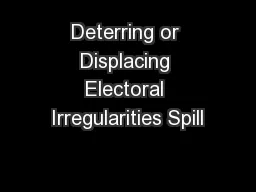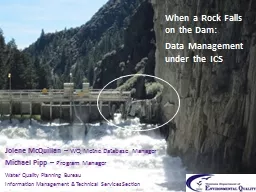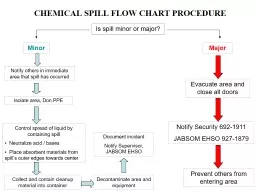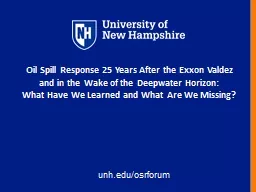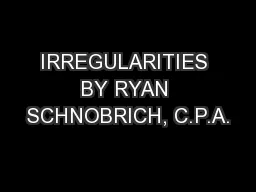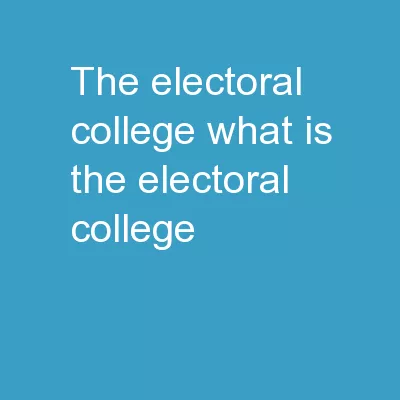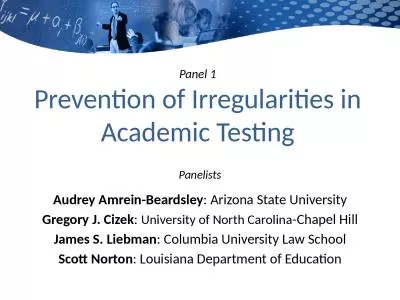PDF-Deterring or Displacing Electoral Irregularities Spill
Author : myesha-ticknor | Published Date : 2015-06-02
Because political parties operate over large areas and party agents may relocate away from observed registration centers observers may displace rather than deter
Presentation Embed Code
Download Presentation
Download Presentation The PPT/PDF document "Deterring or Displacing Electoral Irregu..." is the property of its rightful owner. Permission is granted to download and print the materials on this website for personal, non-commercial use only, and to display it on your personal computer provided you do not modify the materials and that you retain all copyright notices contained in the materials. By downloading content from our website, you accept the terms of this agreement.
Deterring or Displacing Electoral Irregularities Spill: Transcript
Download Rules Of Document
"Deterring or Displacing Electoral Irregularities Spill"The content belongs to its owner. You may download and print it for personal use, without modification, and keep all copyright notices. By downloading, you agree to these terms.
Related Documents

